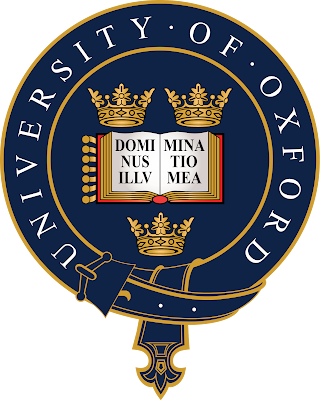The University of Pennsylvania (universally known as “Penn”) is an Ivy League school dating back to 1740. To this day, the university—which has become an integral part of the city of Philadelphia—carries forward the practical curiosity of its founder, Benjamin Franklin, in a wide spectrum of fields.
Penn is extremely diverse. Of the class of 2017, 50 percent of the student body is black, Hispanic, Asian, or Native American. The school also has just under 500 international students.
The faculty include 84 Academy of Arts and Sciences members, 81 Institute of Medicine members, 33 National Academy of Science members, 31 American Philosophical Society members, 175 Guggenheim Fellowship recipients, and 12 National Academy of Engineering members.
These first-class thinkers power the school’s more than 100 research centers and institutes, and direct much of its $8 billion endowment.
The school owns 357 buildings spread over 994 acres, in addition to its own teaching hospital.






